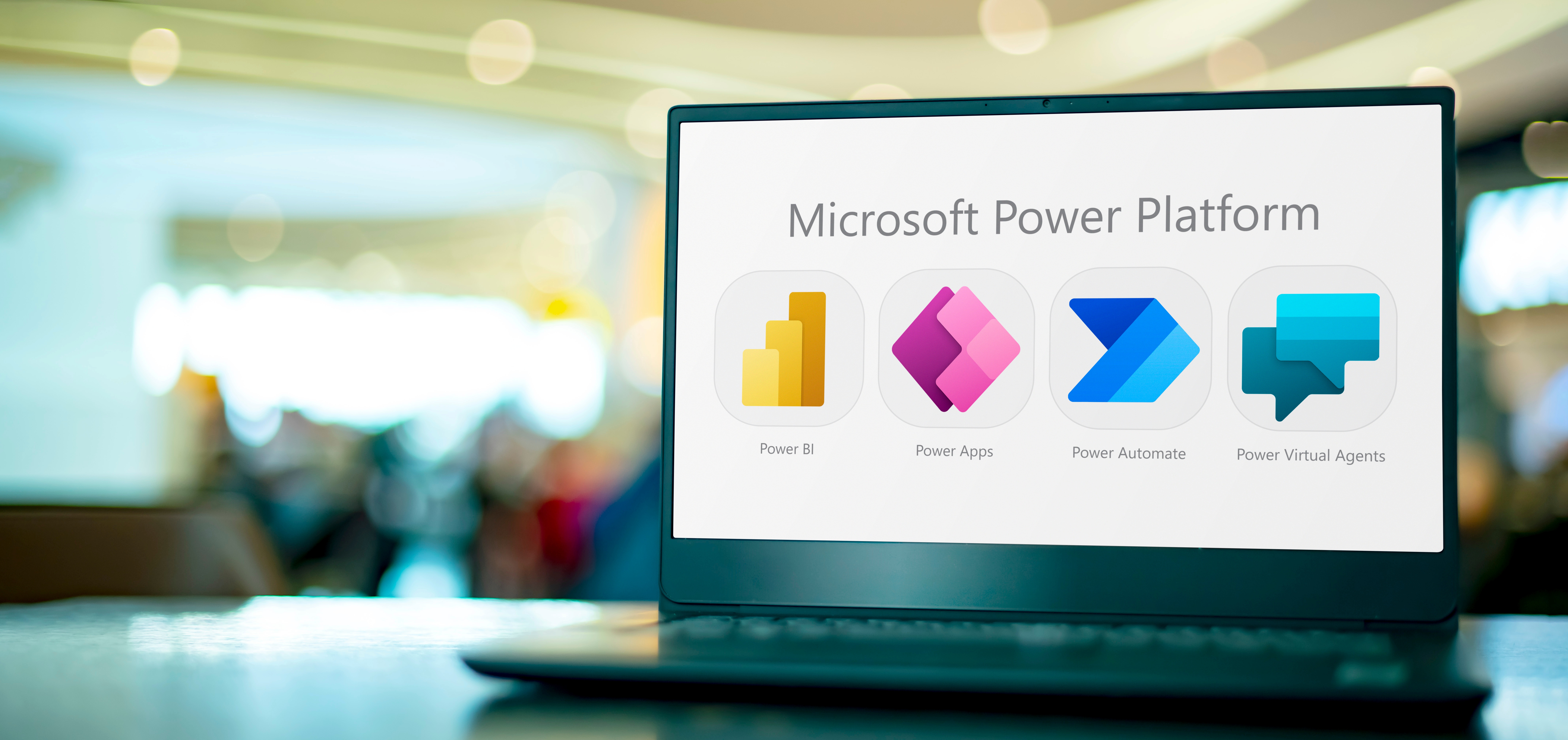Three Key Considerations as You Transition to SAP S/4HANA
A new generation of business capabilities has arrived thanks to SAP S/4HANA. But the transition is a huge one - so here’s what you need to consider as you prepare to adopt the new platform.
What’s new and improved with S/4HANA?
• Business value calculator (TCO savings and optimizations)
• New user interfaces
• Reduced data volume
• Greater flexibility
• Higher throughput
• Increased efficiency
• Planning and simulation options
What’s the deadline for migrating, again?
First 2025. Then 2027. Now, 2030. There have been multiple extensions to the deadline for ECC support - but the message remains clear: support for legacy applications, like ERP 6.0 Customer Relationship Management 7.0, will end, so you need to start planning your S/4HANA deployment now.
As far as support deadlines go, here’s what you need to know:
• 2027 is your deadline
• If you haven’t completed your deployment by 2027, you can buy additional support at a 2% premium through 2030.
Now, let’s review three key considerations as you prepare to make the shift.
#1 Integration is not implementation
When implemented properly, S/4HANA can transform the way your teams work by adding efficiencies, increasing visibility, eliminating cumbersome manual processes and more. It impacts how your company handles data, your IT infrastructure, core business processes and more.
A technical integration alone will not position your organization to make the most of the platform. You need a strong process transformation plan that runs parallel to your technical integration efforts. Consider incorporating program management, change and learning, and deployment teams.
#2: Simplify, Automate, Transform
While the specifics of your company’s key processes will determine exactly how you deploy and leverage the platform, your implementation should focus on three key pillars for maximum success: simplification, automation and transformation.
S/4HANA presents the opportunity for simplification across a number of use cases, perhaps most notably in the area of visibility. For example, the move to role-based Fiori dashboards provides a tailored landing page according to role (rather than job function) with relevant action items and metrics for increased productivity and efficiency. And with a unified planning area, your teams no longer have to piece together forecast horizons using spreadsheets and emails. Instead, they get one consolidated view to support informed decision-making.
Next, automating key processes increases accuracy and consistency while freeing your teams for more value-added work. Here are just some examples of how you can leverage automation to your advantage with S/4HANA:
• Reduce costly machine downtime with improved preventative maintenance
• Coordinate more tightly with suppliers through the supplier information exchange
• Detect and mitigate issues faster using real-time reporting
Finally, some areas - like dated templates - merit complete transformation so that your organization can become more agile in the face of constant change. Standardization, for instance, introduces maximum speed and a smoother path to market by reducing the inefficiencies and duplications of master data.
Universal material numbers, global standards and definitions, standardized labeling and more not only enable innovation but also make your processes more nimble to global disruptions. For example, standardized processes for changing product inputs can help you make a quick pivot if you need to switch supplier locations.
#3: Your transformation partners could be learning alongside you
SAP S/4HANA is a relatively new platform, so many consulting partners do not yet have practical experience with its implementation. Make sure you choose a partner with documented experience who can help you apply best practices and tailor them to your specific needs.
Make the most of S/4HANA with the right partner
SAP S/4HANA can be a watershed for your company - or just another costly deployment that doesn’t deliver on any of its promises. We have experience implementing the platform for Global Fortune 100 companies - and we can help you do the same. Let’s start the conversation on how we can help you transform processes and decision-making at your organization. Just email us at info@collectiveinsights.com
P.S. Prefer to keep things remote? Stay tuned for part two where we discuss virtual deployments in the new era of work.

.jpg)






